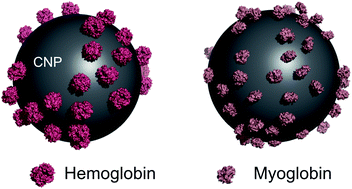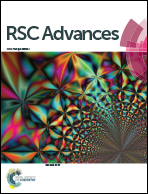Binding of hemoglobin to ultrafine carbon nanoparticles: a spectroscopic insight into a major health hazard
Abstract
Carbon nanoparticles (CNPs) are light and easily absorb into different parts of organs of the human body. They are suspended particulate matters of respirable sizes. In the atmosphere, ultrafine CNPs are known to be generated mainly from the combustion of fuels and have been reported to be a major contributor to the induction of cardiopulmonary diseases. In third world countries, these diseases are more prevalent because of the higher abundance of ultrafine CNPs in the air. Different nanostructured materials, when exposed to the human body, can easily enter into the body through the lungs or other organs and tissues. In the laboratory, ultrafine carbon nanoparticles were synthesized and their structure was confirmed by DLS experiments, TEM and AFM imaging studies. Their interactions with hemoglobin (Hb) and myoglobin (Mb) were studied using fluorescence spectroscopy. The results indicate a remarkably strong interaction between carbon nanoparticles and Hb (or Mb). Temperature dependent steady state fluorescence spectroscopy showed exothermic binding of Hb to CNPs, which is favored by enthalpy and entropy changes. A circular dichroism study also indicated significant change in the protein secondary structure and a partial unfolding of the helical conformation. These findings are highly important for understanding the interactions between CNPs and Hb (or Mb), which might help to better clarify the potential risks and undesirable health hazards associated with carbon nanoparticles.


 Please wait while we load your content...
Please wait while we load your content...